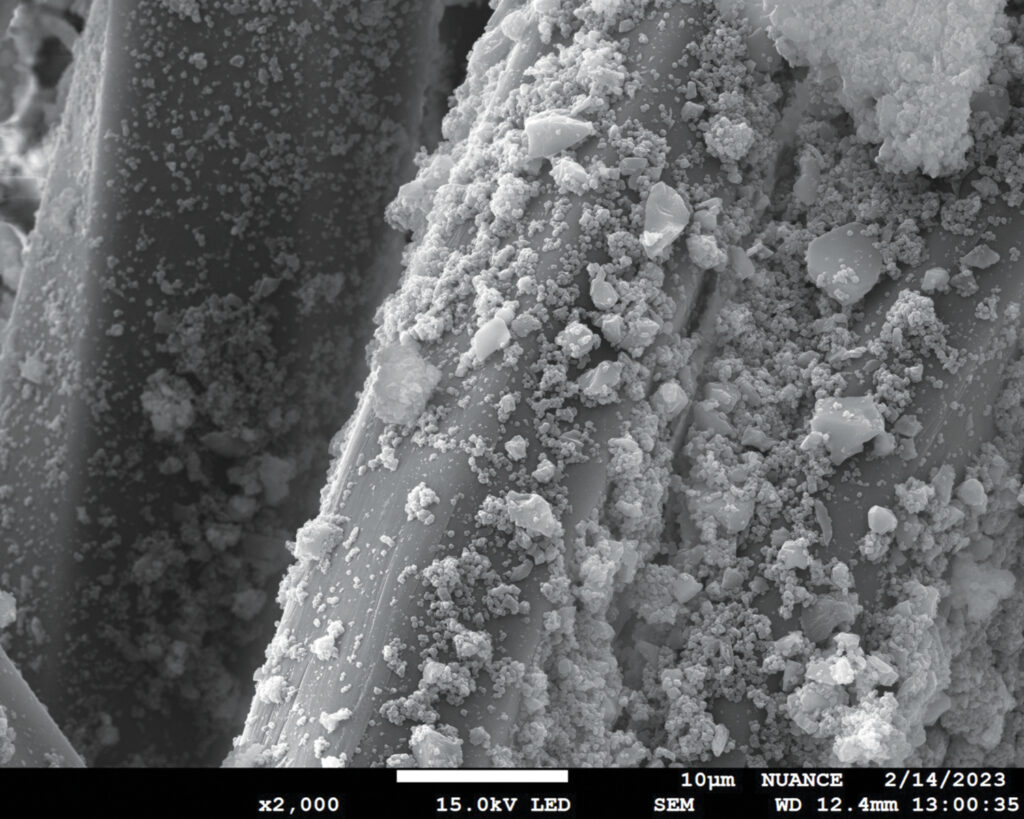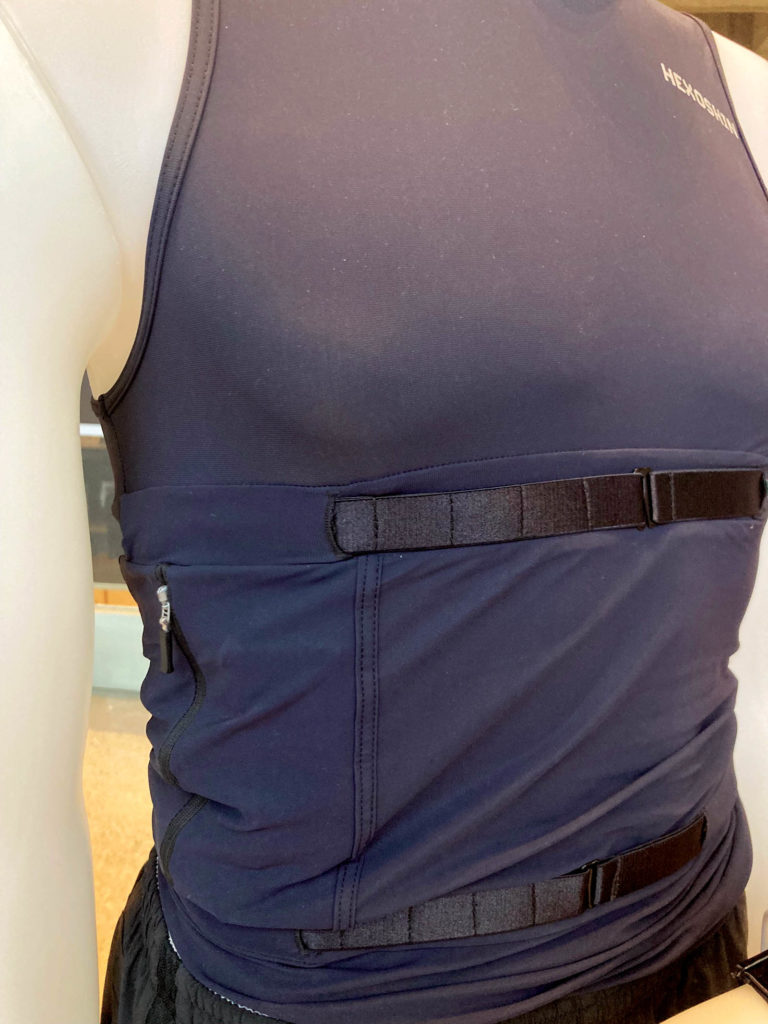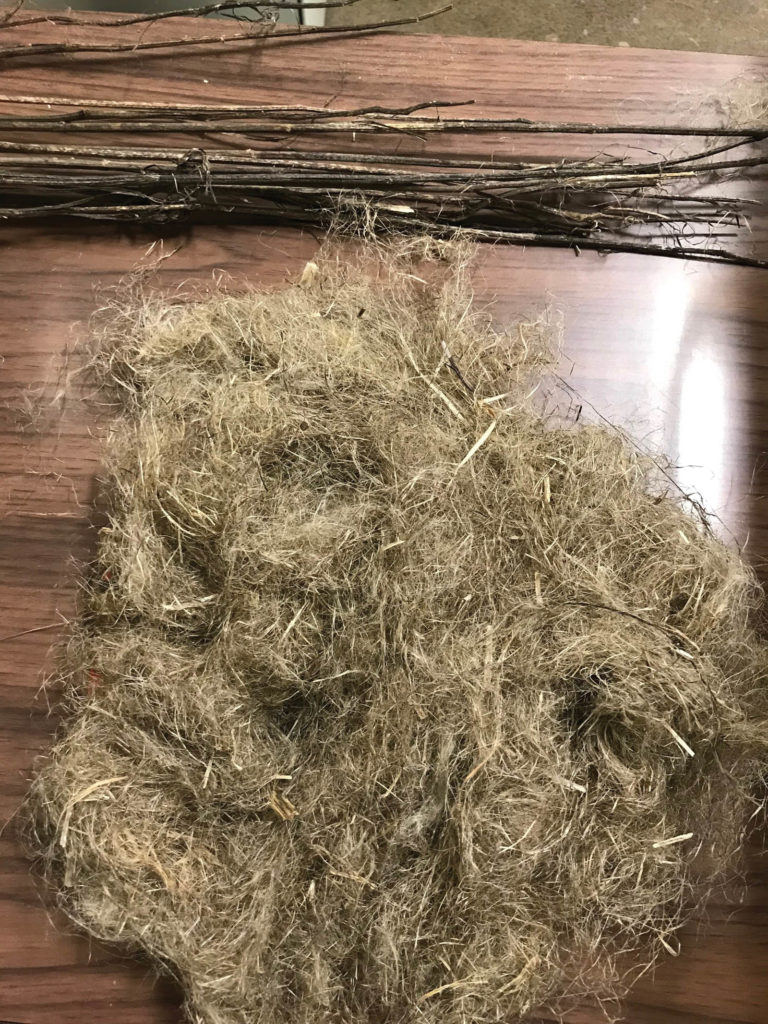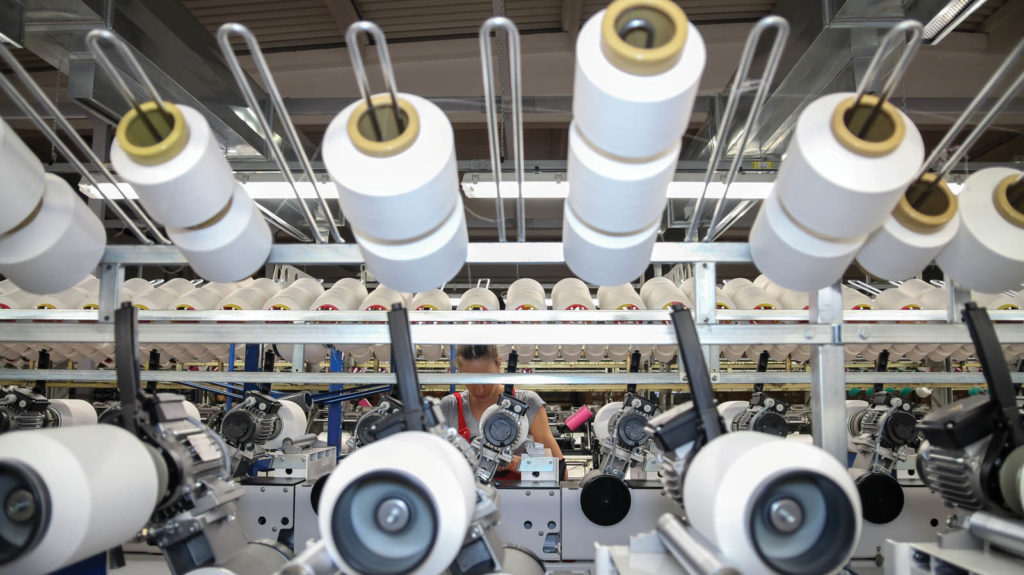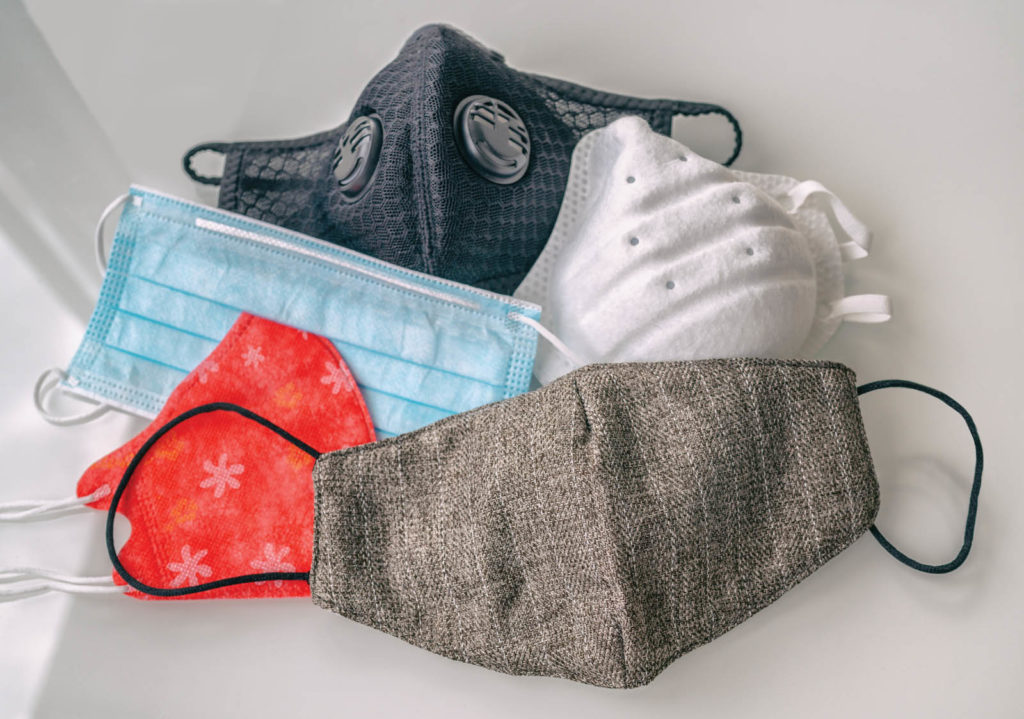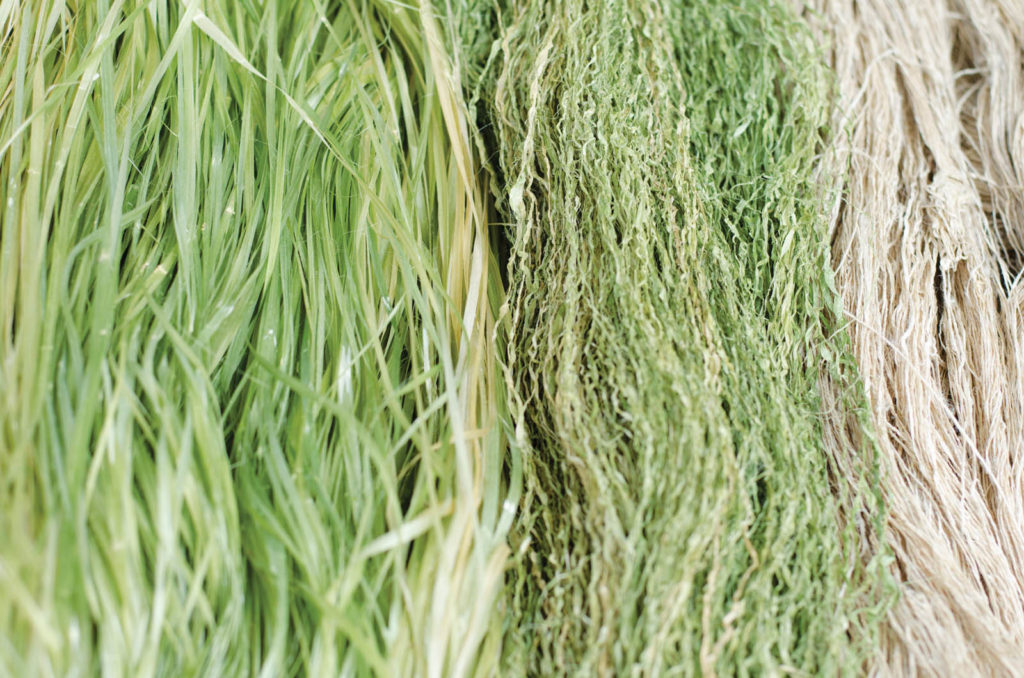FiberTect wipe tested for “dry” chemical decontamination
March 1st, 2024
FiberTect, a nonwoven wipe invented in the lab of Texas Tech University professor Seshadri Ramkumar, Ph.D., for use by the military in liquid and gaseous chemical decontamination is being evaluated for dry substances as well. Images: Texas Tech University A nonwoven wipe invented in the Texas Tech University lab of professor Seshadri Ramkumar, Ph.D., for use […]
Textiles in protection from bioagents, chemical warfare
February 1st, 2024
A scanning electron microscope image showing a close-up of a metal-organic framework/polyethylene terephthalate fiber composite. Image: Northwestern University The medical and military industries are both in need of fabrics that offer protection against biological threats in health care environments and, for warfighters, the threat posed by chemical warfare. The challenges faced are complex; protection against […]
The challenge of innovating
January 1st, 2023
Hexoskin and Astroskin developments from Hexoskin. Photo: Marie O’Mahony Manufacturing to scale is arguably the most significant challenge facing the smart materials and wearable technology industries—and it’s not just desirable, but essential for growth and survival. Without full commercialization, the drive for new developments and research is in jeopardy. There is no shortage of interest […]
Sustainable options for functional fabrics
July 27th, 2022
There is a growing interest in bast fibers like hemp, and the woody core of hemp, which can be used as a green building material. A recent report from the Working Group II of the Intergovernmental Panel on Climate Change warns about hazards caused by a projected global warming of 1.5 degrees C in the […]
Textile uses in transportation
June 1st, 2022
Nonwovens earn their place in the transportation sector by saving resources and making vehicles quieter, lighter and more comfortable. Photo: © Péter Gudella, Dreamstime.com The magic target is 1.5 degrees Celsius. The Intergovernmental Panel on Climate Change (the United Nations body for assessing the science related to climate change) has set an ambitious goal to […]
Textiles that support energy conservation fill a growing need.
November 1st, 2021
It is estimated that about 6–10 percent of the cost of manufacturing is from energy consumption during manufacture. While the price of raw materials is primarily a fixed cost, to reduce the overall cost of manufacturing, textile businesses can reduce expenses by focussing on manageable and variable costs such as energy use. Photo: © Robert […]
Mask mandates reduced COVID-19 in about two-thirds of U.S. states
June 1st, 2021
Researchers who concluded that mask mandates contributed to a reduction in cases of COVID-19 in two-thirds of states noted that masks must be worn properly and deployed in conjunction with other mitigating measures for maximum effectiveness. Photo: © Martinmark, Dreamstime.com. An analysis from Texas Tech University’s Department of Environmental Toxicology has affirmed the benefits of […]
Hemp on the horizon
March 1st, 2021
The pandemic has highlighted the importance of natural products like cotton. As cotton farmers look for new market opportunities, natural fibers such as hemp (at right), flax, coir and jute offer advantages for certain high-performance applications. Photo: ©Leekaomeng, dreamstime.com. COVID-19 has upended a way of life that we may have taken for granted. With the […]
New specifications and standards needed for PPE
September 1st, 2020
by Seshadri Ramkumar Drexel University’s Center for Functional Fabrics is among the textile research centers helping to develop and produce new face masks in the fight against the coronavirus. Photo: Drexel University. On June 18, Gov. Gavin Newsom of California issued a statewide order that mandates face coverings in public places and areas where social […]
Sustainable infrastructure and construction textiles
June 1st, 2019
Infrastructure and construction textiles succeed with a focus on sustainable alternatives. By Seshadri Ramkumar and Marie O’Mahony The Shed in New York City is an arts center for performing arts, visual arts and popular culture. The building is designed to physically transform to support artists’ most ambitious ideas. Photo: Diller Scofidio + Renfro. Today’s advanced […]
 TEXTILES.ORG
TEXTILES.ORG




